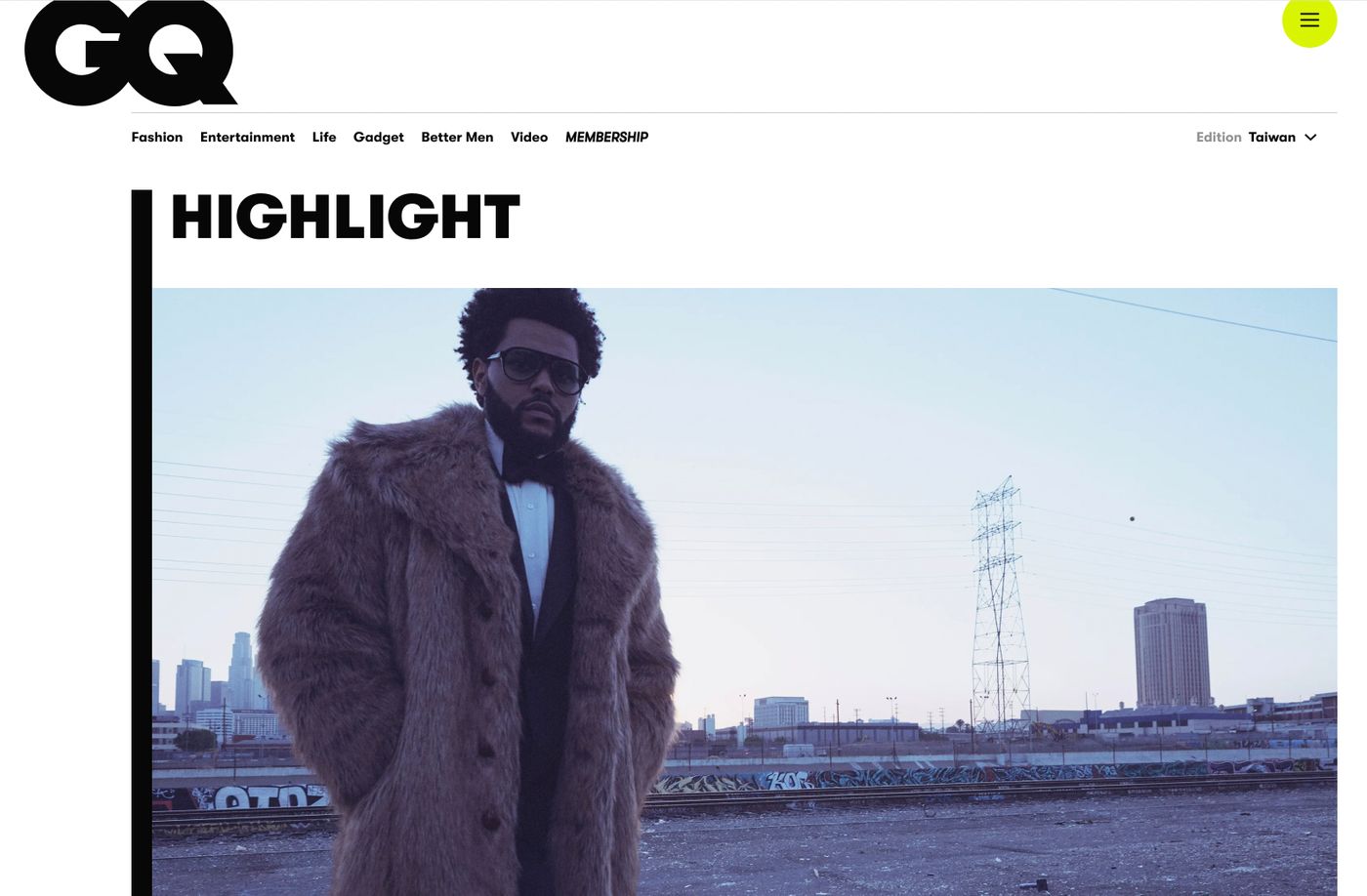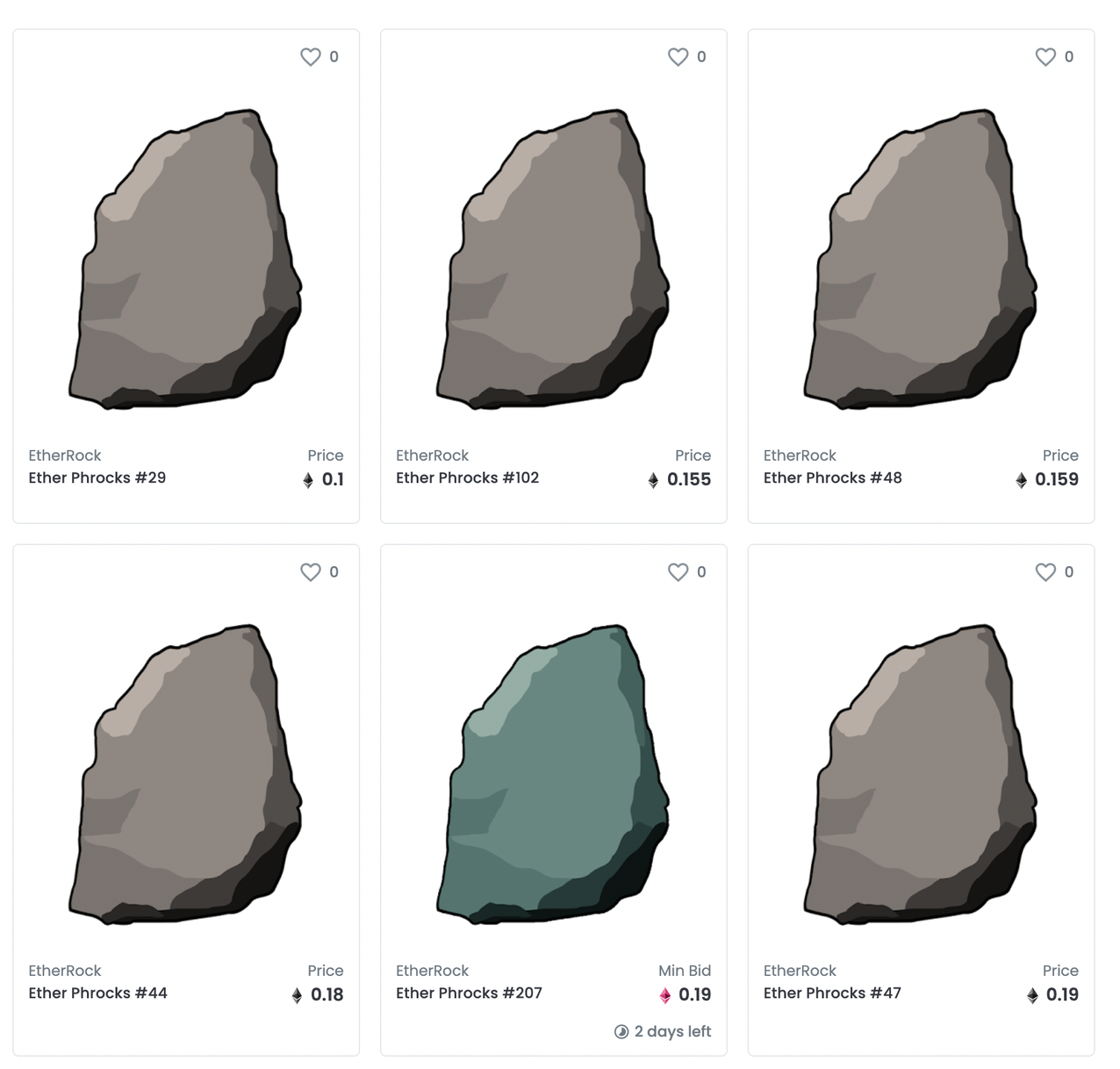NFT Social Capital
After the free image files on the Internet are turned into NFTs, why can they be sold at high prices? Some people think it is price speculation, and some people will cite various uses of NFTs. But it's like a blind man touching an elephant. Every argument makes sense.
Arthur Hayes , founder of cryptocurrency exchange BitMEX, recently wrote an article analyzing the phenomenon, positioning NFTs as "on-chain luxury goods" that symbolize people's social status. After reading this article, you may be able to understand why some people think that NFTs are unreasonably expensive, but there are other groups of people who are looking for NFTs like grabbing bargains.
On-chain luxury
The picture below is the homepage of the fashion magazine "GQ".

The coat that the model is wearing in the picture looks warm. But keeping warm is only a secondary purpose, and more importantly, it expresses personal taste through this coat.
According to the pyramid theory of human needs put forward by psychologist Maslow, wearing this coat is not only to seek warmth (physiological needs), but more importantly, to be affirmed by others (respect needs). Otherwise, there are so many cost-effective thermal clothing on the market, and it would be a waste of money to buy this coat. But if you can spend tens of thousands of yuan to become the focus of everyone's attention and get "respect", it may still be a good deal.
Arthur Hayes believes that this logic can also be used to understand NFTs:
From an energy perspective, NFT art is completely worthless.
But as a part of society, many actions and consumptions are for the sole purpose of publicly showing how much energy you can waste. Nightclubs are a good example. People walk into dark spaces, listen to loud music (art), dance (waste energy, similar to courtship), and pay exorbitantly high prices for drinks. Everyone's clothes are quite eye-catching, and these clothes have no other purpose other than to show the other people present that they can spend a lot of money and thereby show their social status.
If you think nightclubs are too tacky, art exhibitions are similar logic. Wealthy and famous art lovers, creators and curators waste their energy gathering in one place to display or collect "useless" paintings and sculptures. Social status can be differentiated based on which gallery you represent or how much useless stuff you hoard. After everyone is done socializing, pack up and waste more energy and go home.
To put it bluntly, "wasteful" is a symbol of social status. Luxury reflects how much the owner can afford to waste.
In the physical world, luxury brands such as Hermès are already well-known, but in the digital world (especially metaverse1), there is no “famous brand”, and even the concept of assets (NFT) has just sprouted.
buy a story
NFTs are an emerging asset class that can represent people's clothing, real estate, or collectibles in the digital world. It's just that the concept of the brand has not yet been formed, no one knows what is the famous brand of NFT, and the market price is also very confusing.
The picture below shows the recently popular pet stone - EtherRock - currently asking for at least 0.1 ETH (about 10,000 Taiwan dollars) per stone.

Don't rush to criticize the hype and irrationality of NFT.
In fact, as early as the 1970s, someone was already buying and selling real pet stones, and the businessman made a huge profit of $6 million. According to the BBC :
In the 1970s, Pet Rock took the United States by storm. When Gary Dahl, an American businessman who was originally engaged in advertising business, was drinking with friends one day, someone complained that keeping pets was too troublesome, not only to feed and bathe, but also inconvenient to carry around during holidays.
This inspired him to start his own business. He bought a stone from a Mexican beach at a low price and put it on the market after a simple package. He set the price for each stone at $3.95. Each pet stone comes with a cardboard box with air holes so that the "pet stone" can "puff and breathe".
There is also an instruction manual on how to care for the pet stone. "Pet stones are easy to train. They quickly learn skills like sitting, staying put, and playing dead," the instructions read. Thrives without food and is rather lazy, and likes to be in his pocket when traveling on vacation.
In just 6 months, Gary sold 1.5 million pet stones and became a millionaire.

Don't the buyers of those 1.5 million stones know that pet stones are just ordinary stones? impossible.
Ordinary stones can still sell for good prices because buyers pay for the stone's story packaging, not the stone itself. Just imagine how many conversations people can create among their friends just by holding the beautiful packaging and the instruction manual when they receive this stone?
EtherRock and the pet stone of the year are only different in physical and digital.
Back then, pet stone buyers could only show off their "wasteful" behavior to their friends. Now EtherRock buyers can directly replace their EtherRock pictures with their personal social media avatars, and even show off the proof of ownership on the chain to show everyone how "stupid" they are.
This is the advantage of NFTs. It can be delivered digitally, verified, and even made to change over time through code. And 100 EtherRock collectors around the world can also communicate with each other through the online chat community. These are all things pet stones couldn't do 50 years ago.
In addition, if someone replaces their avatar with an EtherRock that they do not own, although they may not be discovered, their behavior is like holding a counterfeit designer bag, trying to seek social status. It's human nature.
It's just that in the NFT market, people have not yet established a consensus on brand value. Buyers are mostly speculators, concerned about price fluctuations, so as to arbitrage. So every once in a while a brand new NFT explodes, and it's almost unpredictable.
hard to replicate
The Penguin NFT in the picture below is a representative work that has become popular recently.

From a practical point of view, it is impossible to understand why someone would spend money to buy a penguin picture as a community avatar. But from the perspective of social capital, when a well-known person in the circle has a penguin, this picture becomes a ticket to enter the "high society". It will eventually be reflected in the price.
Therefore, every day new NFTs come out and hope to become new social capital. Conversely, investors who understand how social capital is formed can predict which NFTs are likely to skyrocket in price. But that's also the hardest part. According to Arthur Hayes:
Dealers and collectors in the art world are essentially betting that something worthless will become a treasured work in the future, and it is very difficult to make a profit. Like how do you choose which contemporary artist to support and hope that their work will become popular in the future?
The same is true for NFTs. It is difficult to predict which works of art will become the trend of the future. Is it a rare, ancient, and pleasing appearance, or is it an NFT that is directly related to the game? I'm afraid there is no correct answer. But it is true that there will be a group of traders who are good at telling stories and creating memes and earning considerable income through NFTs.
It's a chaotic world for consumers of brands. But for the creators of the brand, it was a golden age.
Just as it is generally believed that capitalists on Wall Street will wear designer suits or dresses, the current development of NFTs may influence what clothes and furnishings will be worn by the avatars of the capitalists in the digital world in the future.
Traditional luxury brands have seen this opportunity.
For example, LV , Gucci and Burberry have recently issued NFTs respectively, extending their brand influence to the digital world through blockchain. This is similar to Hermes' launch of Apple Watch straps and AirTag charms, combining luxury with technology. It's just that the number of people that NFTs can reach will not only be much higher than the physical world in the future, but also can play more changes.
The social capital race in the digital world has only just begun. You don't have to be physically involved, but if you want to, now is probably the best time.
If you liked this article, maybe you will also be interested in the past content of the block potential. In addition, please recommend the block potential to your relatives and friends 🙏
Like my work? Don't forget to support and clap, let me know that you are with me on the road of creation. Keep this enthusiasm together!






- Author
- More